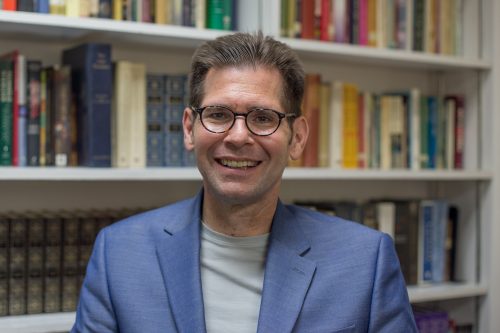
The Imago Dei, Incarnation, and Human Dignity
The Inaugural Human Dignity Lecture, by Dr. Chris Bounds On Thursday evening, October 7th, Dr. Chris Bounds, Professor of Christian Doctrine at Indiana Wesleyan University and Wesley Seminary, delivered the inaugural AUHP “Human Dignity Lecture” on the campus of Asbury University. His talk was entitled, “The Imago Dei, Incarnation, and Human Dignity.” The impassioned sermon-style presentation concerned the inherent dignity of humanity. (Please see the full video of Dr. Bounds talk to the right.) The 40-minute challenge started by recalling David’s cry to God in the 8th chapter of the Psalms: “what is mankind that you are mindful of them,








